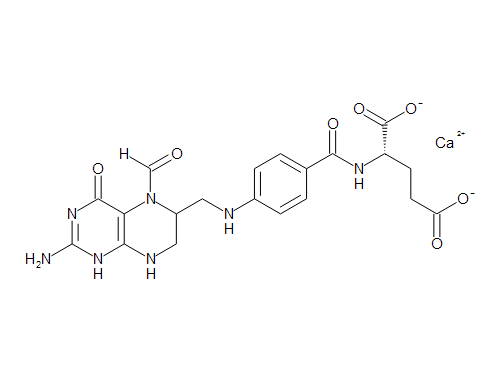US Study of Autism In Adults Estimates 2.2% Have Autism
Scientists are starting to get a better idea of autism rates in adults!
In one of the first–ever studies ever done on adults in the United States, it’s estimated that as many as 2.2% could have an autism spectrum condition. When you look at the population as a whole, that’s almost 1 in 45 people, or 5.4 million. According to the CDC, this is the first study that has been done on people 18 or above that have a condition on the autism spectrum.

In the report, which was published in the Journal of Autism and Developmental Disorders written by Patricia Dietz and her colleagues said “To date, an empirical study of adult ASD prevalence in the U.S. has not been accomplished, perhaps because any single approach to ascertain adult ASD has challenges. There are no psychometrically validated tests of ASD for adults, which leads to uncertainty for studies using tests designed for children, such as the Autism Diagnostic Observation Schedule. Also, mixed methods are likely needed to reach populations living independently and in group settings.”
There are regular surveys and testing is done to determine the rates of autism in children but designing tests for adults presented a particular set of challenges for the research team from the CBD. A recent study found that autism rates in 8-year-olds were approximately 1.85% or 1 in 54 eight years-olds.
The team from the CDC used this data along with state mortality date to project autism rates in adults. Because they used projections from younger children and a combination of state mortality rates, the 2.2% figure could be higher or lower than estimated.
“The findings from this study can help states determine the need for diagnosing and providing services to adults in the United States who remain unidentified with ASD,” the research team from the CDC said in the report.





